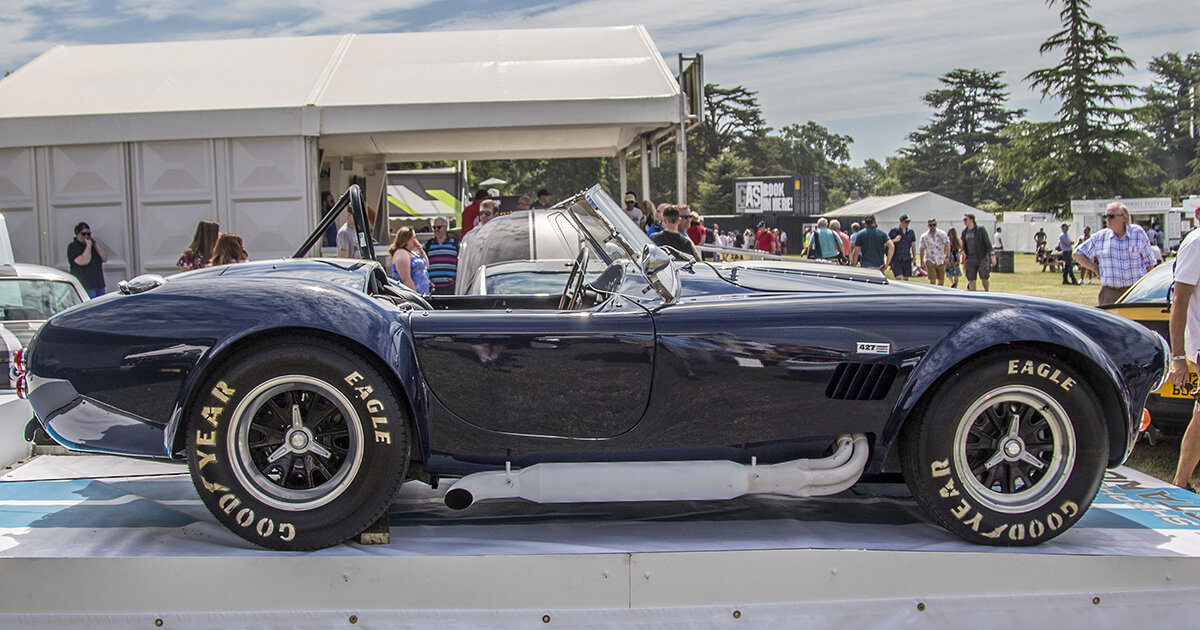
60 Year Anniversary for 4 Classic Sports Cars
Four classic sports cars were released in 1962, all featuring SMITHS gauges in their dashboards
Sports cars of the 1960s are special with designs driven by the art, music and fashion cultural revolution of the ‘Swinging Sixties’. Increased disposable income meant cars became accessible to more people, with enthusiasts excited by the arrival of revolutionary sports models.
Four classic sports cars were released in 1962, all featuring SMITHS gauges in their dashboards.
The American automotive designer, Carroll Shelby, wanted to built a racing car to challenge the Corvette. As an ex-racer, his aim was to produce a car that was lightweight and powerful. He turned to UK car manufacturer, AC Cars. After several design modifications, the first AC Cobra was launched in 1962 with a 4.3-litre V8 engine supplied by Ford.
The AC Cobra became one of the most desired sports cars in the world. The timeless design continues to be replicated in continuation cars, with 50 50th-anniversary Cobra Limited Edition CSX8000 built in 2014.
Throughout, the distinctive dashboard featured SMITHS gauges, which continue to be manufactured by CAI today. For many, the AC Cobra has the best-looking dashboard of any sports car. The instruments included:
Related blog: UK and USA Collaboration Creates AC Cobra Sports Car
The Lotus Elan is widely regarded as one of the best sports cars of the 1960s. Colin Chapman’s obsession with weight led to a fibreglass body on a steel backbone chassis, a first for a Lotus road car. Ford supplied the engine, gearbox and differential. Indeed, the combination of the car’s stylish appearance and excellent handling made the Elan Lotus’ first commercial success.
SMITHS had a long-standing relationship with Lotus having designed and supplied gauges for many of the earlier Lotus cars. The gauges included:
Related blog: Classic Lotus Elan Corners the Sixties
The much-loved two-door sports car was built for 18 years, initially by the British Motor Corporation and in later years by British Leyland through their Austin-Morris division. Taking over four years to develop, the design team changed from a body-on-frame construction to a unitised body, where the body/frame construction, the floor plan and chassis, form a single structure. With a 1.8-litre engine, the MGB reached 0-60 mph in just over 11 seconds.
SMITHS and MG Cars had worked together for decades, a relationship that continued with the MGB. The gauges included:
Related blog: History of Smiths Gauges for the MGB 1966 to 1967
With styling from Italian designer Giovanni Michelotti, the Triumph Spitfire was originally developed to compete in the growing small sports car market of the early 1960s that included the Austin-Healy Sprite and the later released MG Midget. The body styling was distinctive for the period, with little change over the car’s 18-year history. The first model, the Spitfire 4 (or Mark 1), featured a 1147 cc four-cylinder engine, which evolved over time. In the Sixties, popular British culture was exported all over the world, driving the overseas demand for the Spitfire.
As with most early Triumph cars, SMITHS designed and supplied the gauges which included:
Replacement gauges: Triumph Spitfire
For further information on gauges for any of these classic sports cars from the 1960s, or any classic car, please contact us on:
Email: [email protected]
Phone: +44 (0) 1639 732200
Posted by Paul Fears on 24 January 2022 at 7:24 AM
Tags: AC Cobra, Lotus Elan, MGB Roadster, Shelby Cobra, Triumph Spitfire
Categories: Case Histories